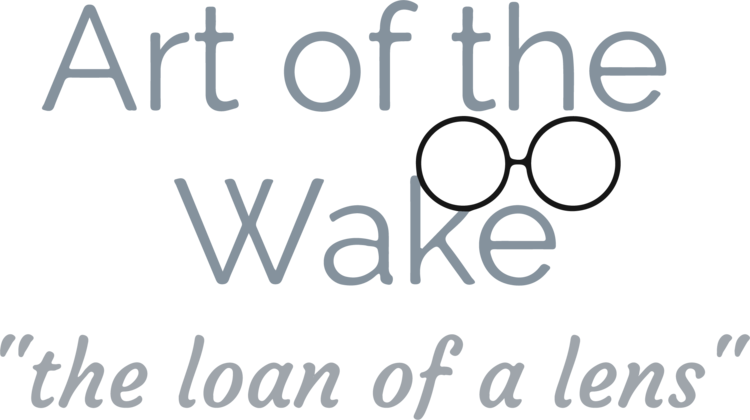I’m a practicing artist in the midlands of Ireland and I’ve been teaching art at all levels for more years than I care to remember. My earlier work could be described as figurative and I derived real pleasure from creating lifelike portraits and landscapes. While this provided me with a body of work for group and solo exhibitions I wasn’t really challenged. Like all artists I went through barren patches when it was difficult to be motivated to even take up a brush.
I was introduced to Finnegans Wake as a child by my mother, who showed me a hardback copy (along with a copy of Ulysses); she told me that it was a very secret book that dad had smuggled in from England because the priests didn't want us reading Joyce. There was a popular belief that Ulysses and Finnegans Wake were banned because they weren't printed in Ireland. I was amazed that we had such books in our house and I was sworn to secrecy about them. The funny thing was that I too was told that I wasn’t allowed to read them but unlike my sister, Frances, I accepted it. That’s what its like being the oldest child, you just do as you’re told. So, it wasn’t until the new millennium that I discovered the Wake, and who do you think was the cause of my disobedience? Frances (you’ll read her story below)! The little rascal began to read from a huge paperback book with no other introduction than “wait ‘til you hear this, Carol.” And so, it began, my introduction to the text of Finnegans Wake. I laughed so much at her reading that first page that I was hooked.
I remember thinking at the time that I knew that language—not what it all meant, but I recognised it from my childhood. I was transported back to a particular evening in my grandmother’s when I was about five or six and I was fed up listening to the adults sitting around the fire talking about things that were of no interest to me, so I went into the kitchen and sat on the floor behind the door. I remember looking at the worn paintwork of the skirting board and hearing the voices coming and going, making sense now and again. It was like hearing conversations when you are drifting in and out of sleep. When I took to reading Finnegans Wake for myself those voices became the narrator of the book. For twelve years I have been creating artworks in response to the text. I feel like the hen, Belinda of the Dorans, scratching about in a midden, unearthing little gems that give context or meaning to parts of Joyce’s masterpiece, and, like a hen, I cannot excavate the whole dump but I can certainly find treasure.
When I first read Finnegans Wake in 2005, I was unaware of the effect that this book would have on my creativity. I immersed myself in reading it for about two years and enjoyed it as I would an Italian opera: not understanding much but loving it all. The more that I read it the more my head was filled with imagery and I responded in sketches and experimental artwork. This continued for another few years with some of the pieces making their way into realised watercolour and oil paintings.
I think that it was about four years ago that I decided to illustrate the Wake from cover to cover. I know, it was a daft idea and even I’m surprised that I’m still going. I bought an A3 hardback sketchbook and started straight into it without any preparatory work other than research from a few reliable sources. To make the task of illustrating over 600 pages seem less daunting, I cut my Finnegans Wake paperback into three sections and put the second and third sections out of sight. And so, it began. At present I’m halfway through Joyce’s masterpiece and on my sixth hardback sketchbook with over six hundred illustrations.
I love the Wake with a passion. I love the way that Joyce has interwoven history, mythology, religion, and more into its pages. Finnegans Wake has afforded me with enough material to work on for the rest of my life.
